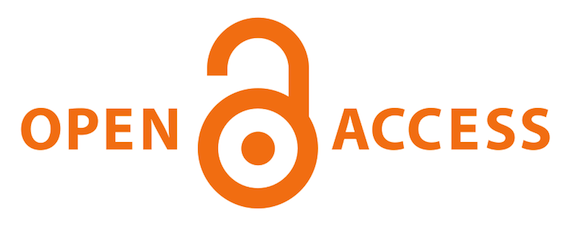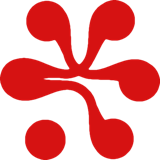Open Science, the future of scientific research
Open Science is a movement that aims to make research results more rapidly accessible, reusable and transparent for everybody all around the world. Based on the new information and communication technologies, Open Science conduces researchers to work in a collaborative environment to speed scientific discoveries.
Open Science is based on many different elements. Open Data, Open Access, Open Source and Open Research are key aspects of this movement. Each one vividly contributes to the enhancement of science sharing.
Open data
A research work is reported in the form of a full text article where raw data mentions are very limited. However, only a raw data analysis allows researchers to check the proper execution of a study, and thus its authors’ interpretations. For instance, if Thomas Herndon, a young student of the University of Massachusetts Amherst, didn’t recently get access to the data of a study published in 2010 on the relationship between government debt and economic growth, who will know today that several miscalculations had been made in this study conducted by Carmen Reinhart and Kenneth Rogoff, two famous Harvard economists? Without this young student’s discovery, some european governments would still used this paper as a reference.
Allowing access to scientific data online represents the Open Data movement. The data are introduced with all necessary elements (experimental conditions, tools description, etc.) that allow understanding them. Sharing data is a requirement to ensure the validity and the transparency of a study, but also to speed scientific progress. By sharing data, researchers can compare their works, get inspired for their own experiments, and avoid the repetition of failed experiments. In this regard each data might be re-used, modified and redistributed by everybody without legal or financial restrictions. For such a purpose, the Panton Principles for Open Data in Science working group gives researchers information about what kind of licenses to choose.
Many Online databases such as FigShare, ChemSpider and more recently Academia.edu are dedicated to the Open Data movement.

Source: wwwdb.inf.tu-dresden.de/opendatasurvey
Open Access
Free access to scientific and scholarship publications corresponds to the Open Access movement. Generally free of most usage restrictions, it also allows the re-use of a paper to enhance the growth of science. These articles are available through two different ways: the green and the gold Open Access.
The green Open Access corresponds to electronic repositories where researchers can self archive their papers. HAL, PubMed Central or ArXiv are good examples. They contain unreviewed preprints or/and peer-reviewed publications. A paper’s author put it into the repository, with permission from the publishers for a peer-reviewed publication. To help researchers to know the policies concerning self archiving, web platforms like SHERPA/ROMEO provide some information.
The gold Open Access corresponds to electronic Open Access journals that contain peer-reviewed publications. Publishers put them directly online by generally applying publication costs for the authors. The Public Library of Science (PLoS), BioMed Central, Revues.org, PeerJ or eLife are good examples of Open Access publishers.

Source: http://commons.wikimedia.org/wiki, File: Open_Access_PLoS.svg
Open Source
In order to work in a collaborative environment, it might be interesting for researchers to use tools accessible and reusable without any restrictions by as many people as possible. In this purpose, Open Source licenses could be applied to softwares to allow every scientists to use, modify and share the source code of a software.
Such collaboration improves the transparency and the quality of the software. One good example is the GitHub platform, which offers a free hosting for all projects choosing to be Open Source. The Banyan platform is also a new player in this field.

Logo Open Source Initiative
Source: http://commons.wikimedia.org/wiki, File: Opensource.svg
Open research
This movement includes new collaborative practices in the research world. Compared to the Open Data and Open Access movements which most of the time freely give the result of a study once finished, Open research corresponds to sharing research currently being done and to real-time collaboration online.
Many web services play a role in this area. For example, concerning real-time collaboration, social bookmarking services such as Diigo, Mendeley, Zotero, etc. are powerful tools to store and share scientific information in the form of web bookmarks and/or literature references. Scientific social networks like MyScienceWork, ResearchGate or Academia.edu are also privileged tools to encourage research sharing among scientists.
Concerning more particularly the sharing of research currently being done, web platforms designed as open lab notebooks or as science blogs are also available. That’s the case for example of UsefulChem or OpenWetWare. Those tools allow the sharing of all data results obtained and methodologies used, and not only those retained for the realization of a paper like generally with Open Data.
Moreover, many others web services not necessarily designed for scientists provide powerful tools. Those tools allow scientists to more specifically share research with non scientists. It’s for example the case of social networks like Facebook or Twitter.
If you want more information, get it here:
Open Science Overview by the Open Knowledge Foundation
The Open Source Definition by the Open Source Initiative corporation


 Share on Facebook
Share on Facebook Share on Twitter
Share on Twitter